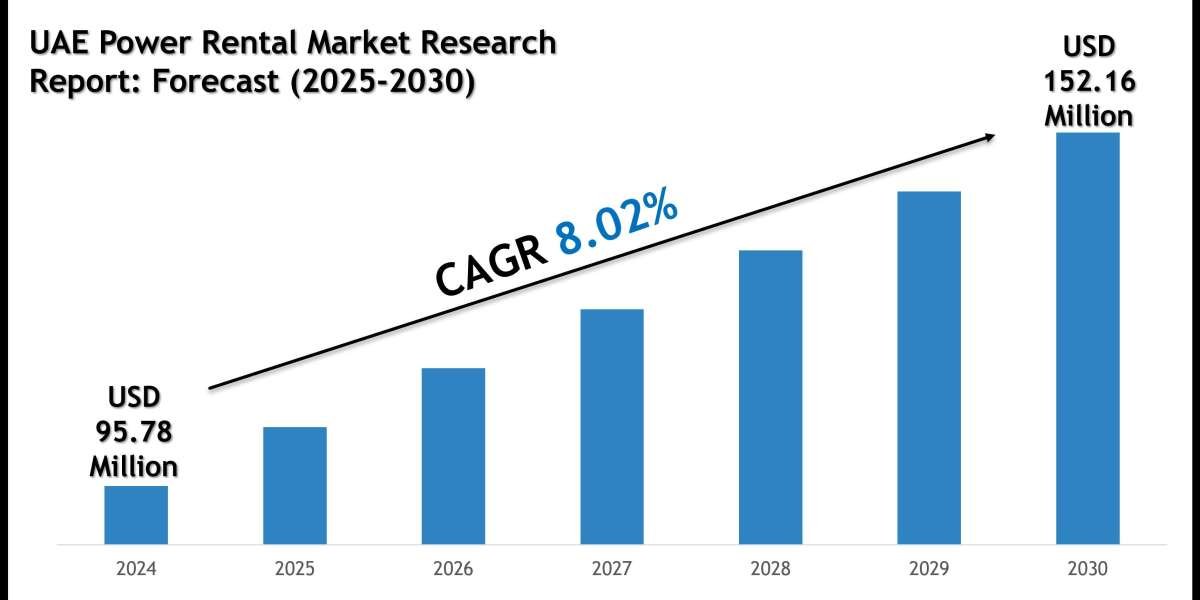Bistatic SAR Constellation Services Market is set to experience remarkable growth in the coming years, driven by increasing demand for advanced remote sensing capabilities and enhanced surveillance applications. Bistatic Synthetic Aperture Radar (SAR) systems are gaining traction due to their ability to deliver high-resolution imaging and operational flexibility, making them essential for defense, environmental monitoring, and disaster management.
Rising government investments in space-based observation technologies and the growing need for real-time data collection are major drivers for market expansion. The adoption of multi-satellite constellations has enabled faster data acquisition, improved coverage, and reduced latency, further accelerating market growth.
Despite these promising prospects, the market faces challenges related to high deployment costs, technical complexities, and stringent regulatory frameworks governing satellite operations. These factors may slow adoption in certain regions, particularly in emerging economies where infrastructure investment remains limited.
https://researchintelo.com/request-sample/64073
Market Drivers and Opportunities
Key drivers shaping the Bistatic SAR Constellation Services Market include:
Technological Advancements: Innovations in radar imaging, miniaturization, and signal processing are enhancing the efficiency and accuracy of SAR constellations.
Defense and Security Applications: The increasing need for surveillance, border monitoring, and maritime tracking is boosting demand for bistatic SAR services.
Environmental Monitoring: Growing global emphasis on climate change, disaster management, and resource mapping is creating new revenue streams.
Opportunities in the market are significant, particularly in leveraging AI and machine learning for real-time data analytics. Advanced software integration allows for predictive monitoring, change detection, and automated target recognition, positioning the market for sustainable long-term growth.
Additionally, collaborations between space agencies and private firms are expected to open new avenues for satellite-based services. These partnerships can accelerate technology adoption while reducing operational costs, making the market more accessible globally.
Global Market Overview
The Bistatic SAR Constellation Services Market is witnessing rapid adoption across North America, Europe, Asia-Pacific, and the Middle East. North America dominates the market due to substantial defense spending and robust satellite infrastructure. Europe is closely following, driven by government-backed space programs and technological innovations in radar imaging.
Asia-Pacific is emerging as a high-growth region, with increasing investments from countries aiming to enhance their space surveillance and environmental monitoring capabilities. Latin America and the Middle East are also witnessing gradual uptake, largely driven by strategic partnerships and modernization of defense infrastructure.
https://researchintelo.com/report-bistatic-sar-constellation-services-market
Market Restraints and Challenges
Despite the positive outlook, several factors may impede market growth:
High Capital Expenditure: The initial investment for satellite deployment and constellation maintenance remains substantial.
Regulatory Constraints: Compliance with international and national space regulations can delay project execution.
Technical Complexity: Advanced signal processing and data integration require specialized expertise, limiting scalability in certain regions.
Moreover, competition from alternative imaging technologies such as optical satellites and LIDAR systems presents challenges for market expansion. Companies must continually innovate to differentiate offerings and maintain a competitive edge.
Market Dynamics and Trends
The market is witnessing several dynamic shifts, driven by technological progress and evolving user demands:
Integration of AI and Analytics: Machine learning algorithms enhance SAR image interpretation, enabling predictive analysis and automated monitoring.
Miniaturization of Satellites: Smaller, cost-effective satellites allow for denser constellations, improving coverage and frequency of data acquisition.
Commercialization of Space Services: Private sector participation is increasing, with startups contributing to lower costs and faster deployment cycles.
Emerging trends suggest a growing preference for hybrid constellations combining bistatic and monostatic SAR systems. This approach allows for higher imaging accuracy, increased coverage, and operational resilience against environmental and technical disruptions.
https://researchintelo.com/request-for-customization/64073
Regional Insights
North America: Dominates due to advanced infrastructure, government funding, and established space agencies.
Europe: Benefits from collaborative space initiatives and cutting-edge research in radar technologies.
Asia-Pacific: Fastest-growing market segment, fueled by rising defense budgets and environmental monitoring projects.
Middle East & Latin America: Gradual adoption with strategic investments in surveillance and resource management applications.
These regional dynamics highlight diverse growth opportunities, making it essential for market participants to adopt tailored strategies based on local regulatory frameworks, technological readiness, and demand patterns.
Statistical Highlights
Global market valuation projected to exceed USD 4.5 billion by 2030.
CAGR estimated at approximately 12% during the forecast period.
Increasing satellite deployment frequency, with more than 50 new constellations planned by 2028.
Expansion in multi-industry applications, including defense, agriculture, environmental monitoring, and maritime surveillance.
These statistics emphasize the market’s potential and underline the importance of strategic planning for stakeholders aiming to capitalize on emerging opportunities.
Future Outlook
The Bistatic SAR Constellation Services Market is set to remain highly competitive, with continuous innovations driving growth. Integration of AI, cloud computing, and advanced signal processing will further enhance service quality and operational efficiency.
Future trends indicate increased adoption of customizable services, catering to specific industry requirements such as real-time disaster monitoring or high-resolution mapping for urban planning. Market participants leveraging technological advancements and strategic partnerships are likely to achieve significant market share.
https://researchintelo.com/checkout/64073



